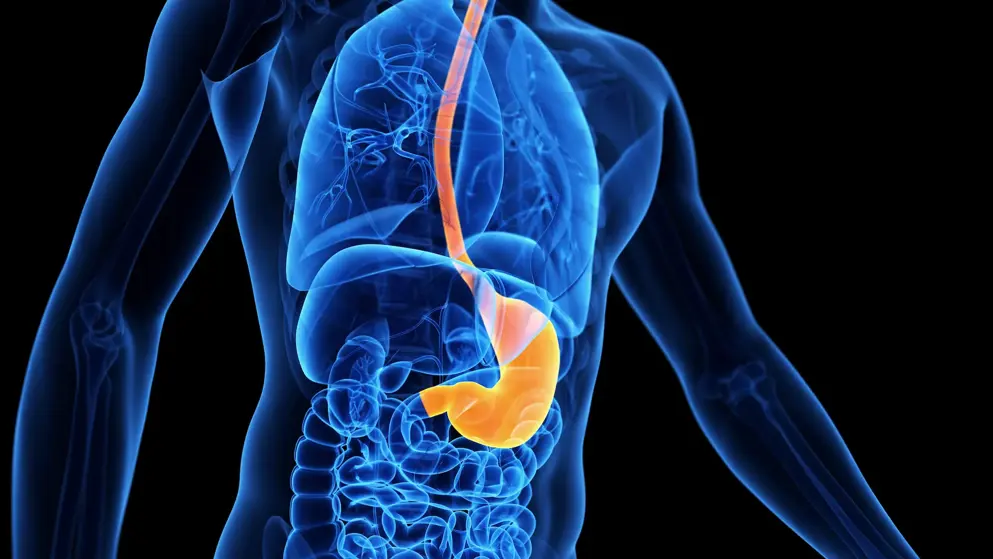
Gastrointestinal Disorders
Gastrointestinal (GI) disorders include a wide range of conditions affecting the GI tract. The GI tract comprises a system of organs that are organised sequentially to form a hollow tube that facilitates the passage of food through the body.
In patients with gastrointestinal disorders, damage to or dysfunction of these organs can elicit some unpleasant symptoms which vary depending upon the organ affected and disease severity. Common symptoms indicative of gastrointestinal involvement include abdominal pain, bloating, nausea, vomiting and abnormal bowel movements.
Though the underlying causes of these gastrointestinal disorders may vary, bacterial infection commonly precipitates onset of symptoms in these patients. For instance, gastritis and duodenitis, which involve inflammation of the stomach lining and duodenum respectively, are frequently associated with infection by Helicobacter pylori. An ulcer that occurs on the duodenum is termed a duodenal or peptic ulcer.
Similarly, the introduction of pathogenic microorganisms into the normally sterile environment of the peritoneum can cause peritonitis, which involves inflammation of the membrane that lines the abdominal cavity.
Certain drugs may also induce gastrointestinal disorders and in other cases, gastrointestinal symptoms may be attributed to genetic disorders, including rare conditions such as acute hepatic porphyria.
Treatment for gastrointestinal disorders varies significantly depending on the underlying cause and severity of symptoms.
Developed by EPG Health for Medthority, independently of any sponsor.



